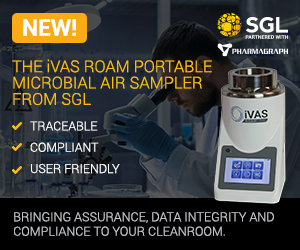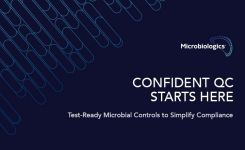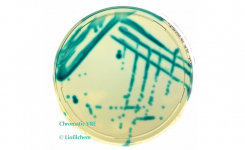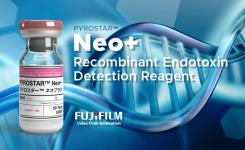The LuminUltra GeneCount® qPCR Corrosion Collection is a complete suite of DNA-based monitoring tools to address microbiologically influenced corrosion (MIC).
The collection is an end-to-end solution that enables industry to easily collect, prepare, and test samples for a range of MIC targets, yielding quantifiable and actionable results. This innovative approach provides customers with a complete and seamless methodology yielding results in as little as 2 hours, compared to the weeks required by traditional testing methods.
“This is a game-changer for addressing MIC-related challenges in industries such as oil and gas” says Pat Whalen, LuminUltra Chair and CEO. “Molecular testing is a critical tool for understanding what’s happening in a system, but it’s been reserved for those with ample resources and in-depth knowledge. We’ve created a simplified workflow to make it easier for customers to do this testing at their own facilities. The products announced today complement our existing portfolio such as 2nd Generation ATP® to create a holistic approach to microbial monitoring.”
Microbiologically influenced corrosion (MIC): a global, trillion-dollar problem
MIC affects diverse industries including oil and gas, marine transportation, chemical processing, manufacturing, power generation and fuel storage. Each of these industries have critical infrastructure that are regularly exposed to fluids containing water. When specific microorganisms found in these fluids interact with and form biofilms on the metal surfaces of pipelines, storage tanks and other equipment, they can greatly accelerate the corrosion of that equipment and lead to catastrophic failure of infrastructure if left unmitigated.
The effect of MIC cannot be overstated, as unchecked corrosion leads to massive economic losses – NACE international cites the global cost of corrosion at an estimated US $2.5 trillion annually – in addition to threats to worker safety and significant environmental impacts.
Note: This content has been edited by a rapidmicrobiology staff writer for style and content.





















